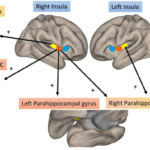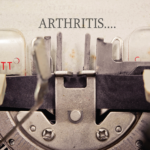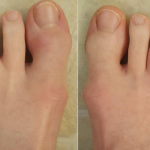Psoriatic arthritis (PsA) is now a prominently recognized disease, but its arrival on the world stage has been a recent occurrence (see timeline at the bottom of page 18). Archeologists have unearthed evidence that PsA existed as early as the fifth century, but the disease was not recognized as a discrete entity until 1963. The landmark papers of John M. Moll, BSc, DM, and Verna Wright, MD, outlined the unforgettable diversity of phenotypes (dutifully memorized by every rheumatology fellow) and family associations, although it was not until 2006 that validated diagnostic criteria were reported. Scientific studies centered on the pathobiology of this disorder were not published until the 1980s, and clinical studies also were small and, in general, open label, prior to the advent of the biologics in the late 1990s. Fortunately, interest in PsA has been accompanied by a quantum leap in knowledge about the clinical and scientific aspects of this disease (see Table 2, p. 19). We also have witnessed unparalleled advances in therapy.
PsA Emerges as a Distinct Entity
Although the coexistence of psoriasis and arthritis had been noted for many years, it was not until the early 1940s that physicians began to question the nature of the association in detail. Walter Bauer, MD, a past president of the American Rheumatism Association, wrote a typically erudite paper that was presented to the American Association of Physicians, in which he highlighted several of the features we now recognize as typical of PsA.1 Dr. Wright entered this arena in 1955 when he arrived in Leeds, United Kingdom. At that time, “junior” doctors (fellows) who aspired to be academics were encouraged to spend time in the United States. Dr. Wright secured a position with Richard Johns, MD, at Johns Hopkins University in Baltimore, and his remit was the biomechanics of joints. Before he departed for the United States, however, he approached the senior nurse at the Royal Bath Hospital in Harrogate, a spa town located in peaceful, verdant surroundings conducive to recovery from the ravages of rheumatism. Patients often stayed at the spa for several weeks undergoing treatment. Dr. Wright asked the nurse to jot down the names of all patients admitted to the hospital who also had psoriasis. On his return, he systematically analyzed this assembled cohort, and the results formed the basis of his 1959 paper, “Rheumatism and psoriasis: A re-evaluation.”2
In separate but parallel studies, the unique features of this distinct arthropathy were also described by H. Baker, MB, a dermatologist from London, who published his findings somewhat later.3 The data revealed in these manuscripts combined with the recognition that the sheep cell agglutination test (rheumatoid factor) was often negative in patients with arthritis and psoriasis were the key factors that influenced the American Rheumatism Association to formally recognize this arthropathy as distinct from rheumatoid arthritis (RA) in 1964.4



